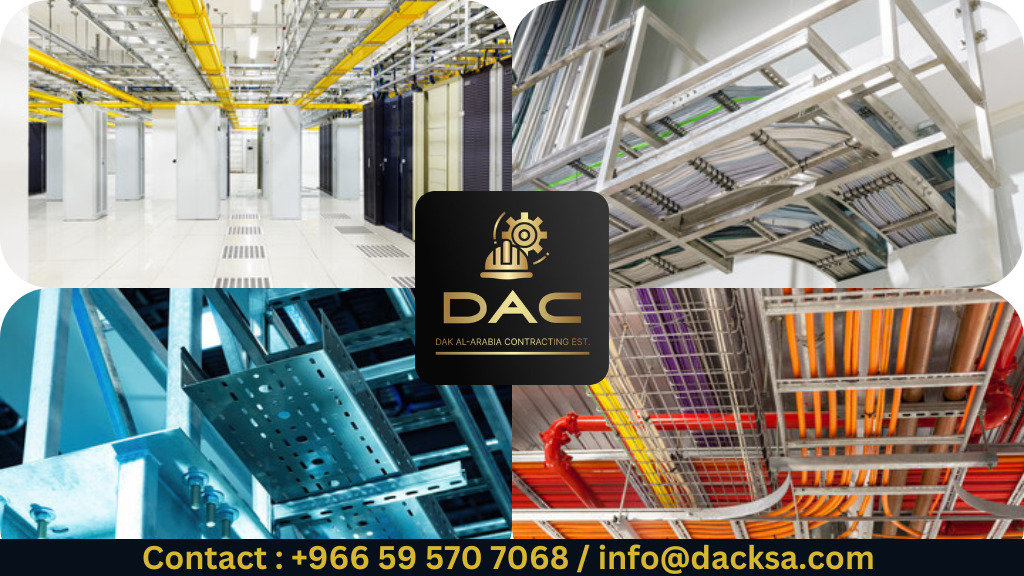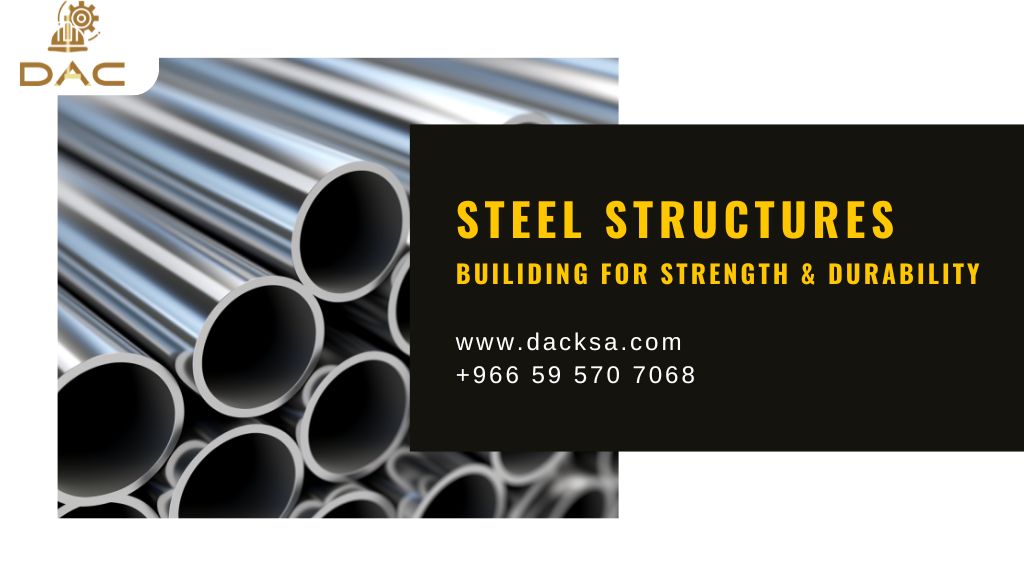Ultimate Guide to Choosing the Right Cable Tray
Cable trays play a crucial role in managing and supporting electrical cables in industrial, commercial, and residential applications. Selecting the right cable tray is essential for safety, efficiency, and compliance with industry standards. This guide will help you choose the best cable tray solutions for your needs.
1. Understand Your Cable Tray Requirements
Before selecting a cable tray, consider the following key factors:
- Cable Type and Volume: Determine the number and type of cables to be supported.
- Environmental Conditions: Assess indoor or outdoor usage, exposure to moisture, chemicals, or extreme temperatures.
- Load Capacity: Choose a tray that can handle the weight of your cables without sagging.
- Regulatory Compliance & Safety: Ensure the tray meets NEC, NEMA, and IEC standards for electrical safety.
2. Types of Cable Trays and Their Applications
There are several cable management solutions, each designed for specific needs:
a. Ladder Cable Trays
- Best for high-heat environments.
- Provides excellent ventilation and heat dissipation.
- Suitable for heavy-duty power cables.
b. Perforated Cable Trays
- Features a perforated base for better airflow and cable support.
- Ideal for moderate-weight cables and structured cabling systems.
c. Solid Bottom Cable Trays
- Fully enclosed for maximum cable protection.
- Recommended for sensitive data and communication cables.
- Prevents dust and debris accumulation.
d. Wire Mesh Cable Trays
- Lightweight and flexible cable management system.
- Suitable for fiber optic and low-voltage cables.
- Allows quick installation and easy cable modifications.
e. Channel Cable Trays
- Designed for small cable runs.
- Best for light-duty applications and single-cable support.
3. Choosing the Right Material for Your Cable Tray
The choice of material affects the durability and performance of the cable tray. Here are the most common materials:
- Galvanized Steel – Provides high corrosion resistance and durability.
- Stainless Steel – Ideal for harsh environments with chemical exposure.
- Aluminum – Lightweight, rust-resistant, and easy to install.
- Fiberglass Reinforced Plastic (FRP) – Best for high-corrosion areas like chemical plants and marine environments.
4. Load Capacity & Tray Sizing for Optimal Performance
- Select a tray width and depth that accommodates your cable volume.
- Ensure the tray supports the total cable weight without excessive deflection.
- Consider future expansion for additional cable installations.
5. Best Practices for Cable Tray Installation
- Proper Spacing & Support: Install supports at recommended intervals to prevent sagging.
- Neat Cable Arrangement: Organize cables properly to reduce electromagnetic interference (EMI).
- Compliance with Industry Standards: Follow NEC, IEC, and NEMA guidelines.
- Grounding & Bonding: Proper grounding ensures electrical safety and prevents faults.
6. Maintenance & Safety Considerations
- Regularly inspect cable trays for damage, corrosion, or loose fittings.
- Keep trays free from debris and obstructions.
- Ensure proper airflow for heat dissipation in high-power installations.
Conclusion: Choose the Best Cable Management System
Selecting the right cable tray enhances efficiency, safety, and longevity. By considering your specific needs, cable tray type, material, and best installation practices, you can ensure a reliable and NEC-compliant cable support system.
For expert advice and premium-quality cable tray solutions, contact us today!
Partner with DAC Saudi Arabia for tailored solutions that guarantee your success. Contact us today at +966 59 570 7068 or email us at info@dacksa.com to get started!

